Ingredients to Avoid for Your Furry Friend's Health
Choosing the right food for your dog can be as complex and varied as human nutrition, with a wide range of options available. However, not all ingredients in dog food contribute positively to your pet's health. Some additives and fillers could even harm your dog, leading to allergies, obesity, and other health issues. Understanding which dog food ingredients to avoid can help you make better choices for your canine companion.
Unwanted Ingredients in Dog Food:
- BHA (Butylated Hydroxyanisole): A chemical preservative known to have harmful effects on the liver and kidneys and identified as a carcinogen.
- White Flour: Offers little nutritional value and can cause blood sugar spikes, potentially leading to obesity.
- Unspecified Meat or Meat Meal: Low-quality meats that might include diseased or expired sources, lacking in nutritional integrity.
- Artificial Colors and Flavorings: Linked to behavioral issues and allergic reactions, these additives serve more to appeal to pet owners than to meet any nutritional need of the dog.
- MSG and Similar Flavor Enhancers: Often hidden under various names, these are used to mask the taste of low-quality ingredients.
- Corn Syrup: A sweetener that can cause blood sugar spikes, leading to potential obesity and diabetes.
- Farmed Salmon: Lacks the nutritional profile of wild-caught salmon and may contain higher levels of mercury and other toxins.
- Xylitol: A sweetener toxic to dogs, leading to severe health issues including liver failure and death.
- Nitrates and Nitrites: Preservatives associated with methemoglobinemia and cancer risks.
- STPP (Sodium Tripolyphosphate): A chemical with no nutritional value, used as a preservative.
- Rendered Fats: Can include fats from dubious sources, potentially leading to toxin accumulation.
- Propylene Glycol: Found in semi-moist dog foods and related to antifreeze, posing a risk even in small quantities.
- Vegetable Oil: High in omega-6 fatty acids, which can cause inflammation and other health issues.
- By-Products: Often vague and minimally regulated, providing questionable nutritional value.
Navigating the Dog Food Aisle:
With an array of dog food choices available, including grain-free, organic, and raw diet options, it's crucial to be informed. This guide on ingredients to avoid simplifies the process, steering you towards healthier choices for your dog. Look for foods that specify their meat sources, avoid unnecessary chemical additives, and prioritize natural, wholesome ingredients to ensure your dog's diet supports their well-being.
Choosing the right dog food is a vital part of pet ownership, requiring awareness and consideration of the ingredients that make up your dog's meals. Opting for high-quality, nutritionally dense foods without harmful additives can contribute to a happier, healthier life for your furry friend.








